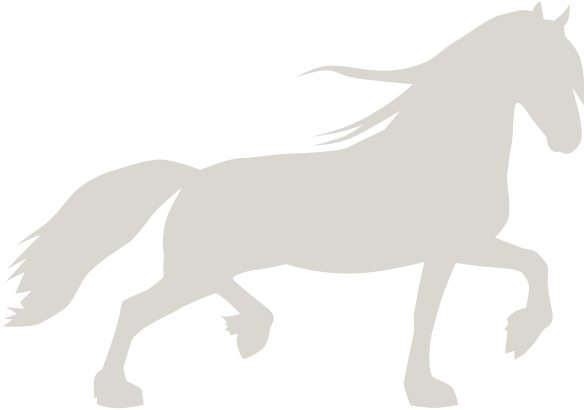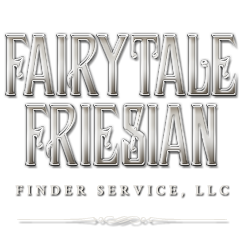FOLLOW US
The Friesian horse is a breed originating in Friesland, one of the eleven provinces of the Kingdom of the Netherlands. It’s one of the oldest European breeds, initially used by armored cavalry due to their strength and skill.
In the 17th century, Friesians were used by riding academies and as carriage horses, including for funeral carriages.
In the 18th and 19th centuries, they were used in trotting races, as well. By 1879 the Friesian Horse Studbook of the Netherlands was created.
With the outbreak of World War I, the popularity of the breed declined, and Friesians faced extinction. Thankfully the breed revived during World War II due to vehicle shortages, which prompted the military to use the horses during the war.
After WWII, the economy improved, and the breed became popular among the public once again. They were used for international driving competitions, circuses, and dressage.
Historical documentation suggests Friesian horses may’ve been introduced in North America in 1625, via Dutch settlers in New Amsterdam (now New York). However, this seems to have been relatively short-lived, with Friesians vanishing from the colonies by 1664.
The purebred Friesian was reintroduced to North America in 1974 as a show horse, parade and exhibition horse. By 1983 the popularity of the breed had grown enough, and a national association was founded. Also, a national show was held each September at the Los Angeles Country Fair. The breed was also used in the 1985 film Ladyhawke, stirring interest in the breed.
There are currently more than 45,000 Friesians registered worldwide in the Dutch Friesch Paarden Stamboek. Approximately 8,000 of those horses are in North America.
In terms of appearance, Friesian horses have a muscular and robust body with a curved head and thick neck. Friesians are divided into two types, namely the classic “heavy type” (also called Baroque) and the popular “sports type.”
They typically do not have any marks, but small star shedding may appear on their foreheads. These can still be registered as purebreds.
Another nice feature of Friesian is the long hairs under the legs. This feathering is not intentionally cut by horse breeders and owners.
With their trademark jet-black coat, long wavy mane, and thick tail, this breed’s distinctive appearance makes it instantly recognizable even from a distance.
They are loving and friendly in disposition, making them relatively straightforward to work with, and easy to establish close contact with.
Friesian horses are used in most equestrian sports branches, especially the most essential dressage. They are hardworking, possessing a sharp memory and natural curiosity. They’re able to be taught quickly, ensuring rewarding results for riders.
The Friesian horse has a proud, steady, loyal, cheerful, and docile character, and they form strong ties with their riders.
What We Do
![]()
We specialize in providing our clients with information on every aspect of friesian ownership, including arranging for the breeding of your friesian and helping sell offspring; we act as friesian matchmakers and listen to the buyer’s needs and match them with the best horse available for purchase. Black Sterling Friesians is synonymous with helping the new friesian owner with every aspect of horse ownership including grooming tips, health and nutrition recommendations of Friesian horses, as well as training tips and help securing major medical/mortality/theft equine insurance prior to import of your new friesian horse.



